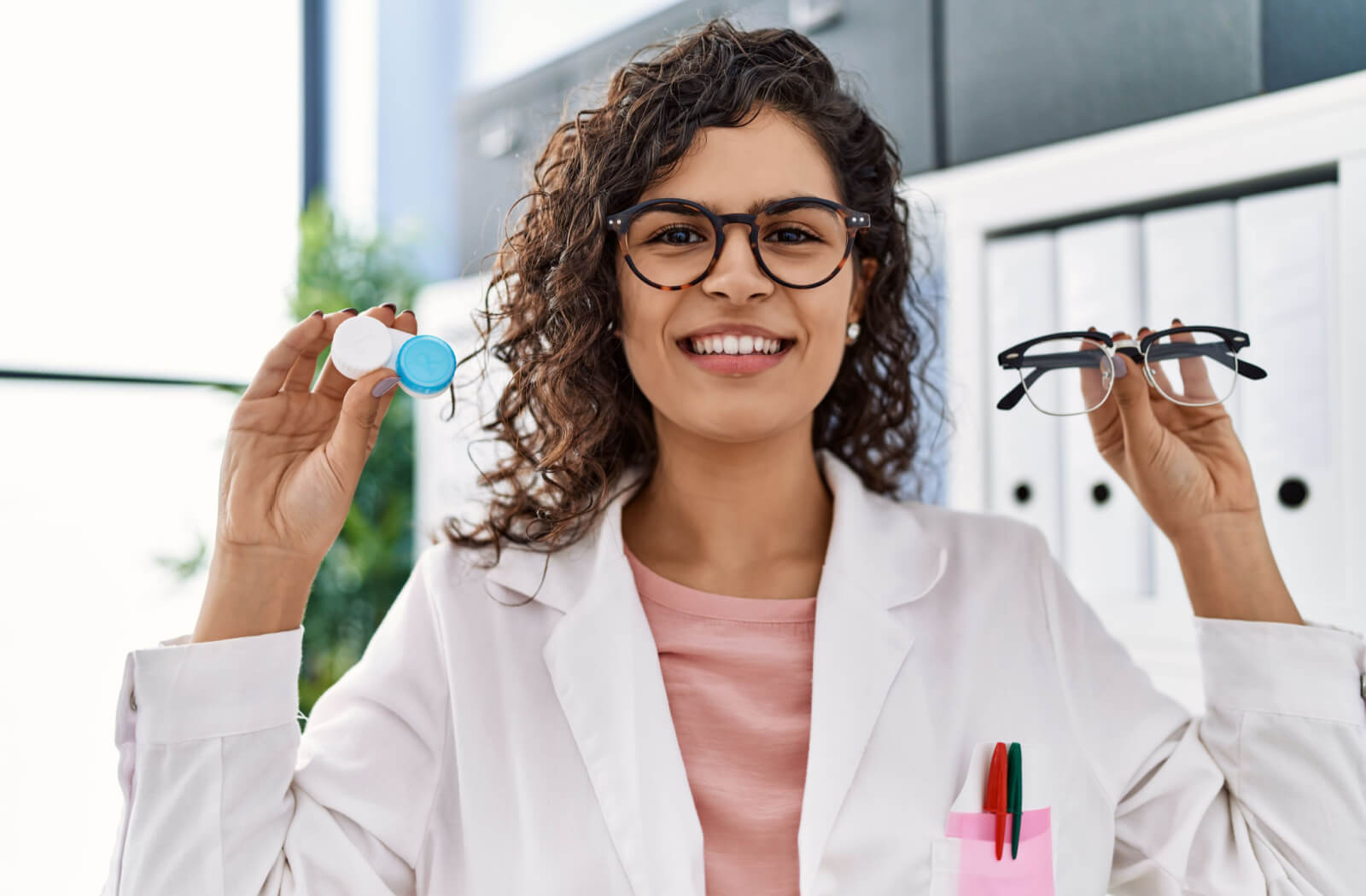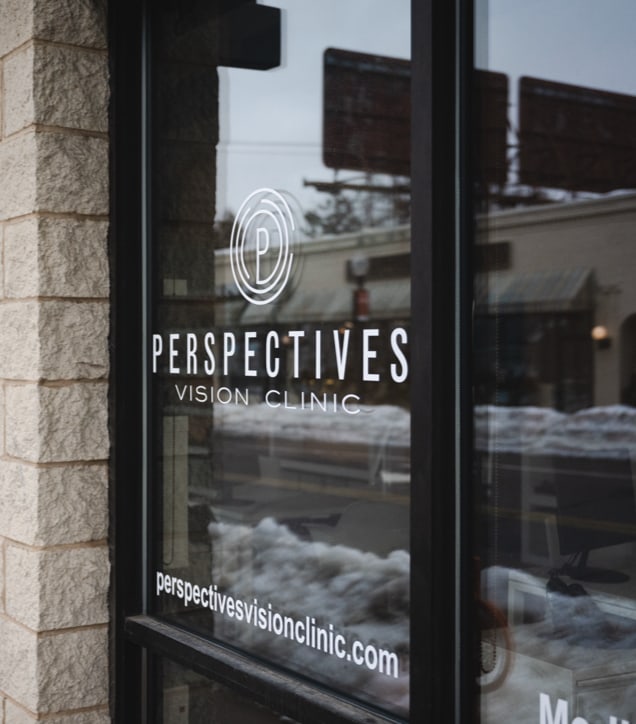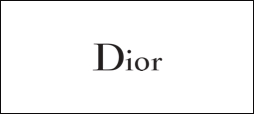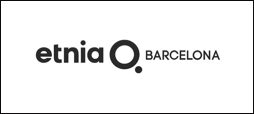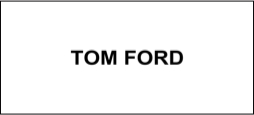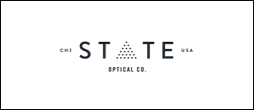A visit to your eye doctor is necessary if you want glasses or contact lenses. However, you need a different exam if you’re interested in contacts. What is the difference between these eye exams, and why are they different?
Continue reading to learn more about eye exams for glasses and contact lenses, including how and why they differ.
Why Do You Need a Separate Eye Exam for Contact Lenses & Glasses?
Getting a pair of contact lenses isn’t as simple as walking into your eye doctor’s office and picking out your favorite pair. You’ll need a contact lens exam and fitting so your eye doctor can find the right contacts for your unique needs.
This specialized exam is necessary because contact lenses are medical devices. Your optometrist does more than figure out your prescription during this exam—they teach you how to care for and maintain your lenses.
While you need a separate exam for contact lenses, you may not need a separate appointment. Many optometrists can combine your contact lens exam with your routine comprehensive eye exam, so you won’t need to come a second time. Just make sure you let your eye doctor know.
Isn’t a Contact Lens Prescription the Same as a Glasses Prescription?
If you’re transitioning from glasses to contact lenses, it’s natural to assume you don’t need a contact lens exam because you already have your prescription. But, your glasses prescription isn’t the same as your contact lens prescription. Glasses and contacts have a few differences.
Glasses typically sit a bit away from the eye, while contact lenses rest directly on your eye’s surface. While this may seem like an insignificant difference, it affects your lens power.
Your contact lens prescription also requires extra specifications. Your eye doctor must measure your eye’s curvature and width to ensure your contact lenses fit comfortably.
If you want to use glasses and contact lenses, you’ll need 2 separate prescriptions.
What Is the Difference Between an Eye Exam for Glasses & Contact Lenses?
The main difference between a contact lens exam and a regular eye exam is that a contact lens exam involves several measurements and focuses on your eye health. Your eye doctor will assess which contact lenses suit your needs. This assessment includes discussing your medical history, lifestyle, and previous experience with contacts.
After completing the necessary measurements, your eye doctor can recommend different types of contacts. You’ll have many options, including soft or rigid, multifocal, toric, and hybrid lenses. You may need to try different types or brands of contacts before finding one that works for you—your eye doctor will work with you until you’re satisfied with your lenses.
What Happens During an Eye Exam for Glasses?
While you need an eye exam to get glasses, it isn’t a unique process. Your eye doctor can diagnose your refractive error and write your prescription during a standard comprehensive eye exam.
Your eye exam involves several steps, including:
- Patient history: Your eye doctor will ask several questions related to your eye health & vision, including medical history, family history, lifestyle, & work.
- Preliminary testing: Preliminary tests help provide information about your eye health before additional testing, such as depth perception, peripheral vision, or your pupils’ response to light.
- Visual acuity: Visual acuity is how clear you can see. Your eye doctor tests this to identify refractive errors like hyperopia & myopia.
- Refraction: Refraction helps your eye doctor determine the lens power needed to provide you with clear vision. You look through an instrument called a phoropter to find your required lens power.
- Eye health evaluation: Your eye health evaluation involves looking at your eye’s internal structures. Your eye doctor does this to look for early signs of eye disease.
After your eye exam, your eye doctor will write you an eyeglass prescription, and you can then get your pair of glasses.
What Happens During an Eye Exam for Contact Lenses?
Your contact lens exam begins with discussing your eye health, vision needs, and other important information. Your eye doctor examines your eyes and looks for potential problems.
They then complete several important measurements and evaluations, including:
- Cornea measurements: Your eye doctor measures your cornea to determine the ideal curve & size for your contact lenses. They can also identify irregularities caused by astigmatism.
- Pupil & iris measurements: Measuring your pupil & iris helps your optometrist identify the ideal contacts for your eyes.
- Tear film evaluation: Your tear film consists of 3 layers (mucus, water, & oil) that work together to keep your eyes hydrated and protected. Your eye doctor evaluates your tear film to see if you can wear contacts comfortably. Conditions like dry eyes can make contact lenses difficult or uncomfortable to wear.
Using the information they gather, your eye doctor recommends contact lenses that meet your unique needs.
Find the Right Contacts
Your eye doctor is here to help if you’re interested in contact lenses, providing contact lens exams and fittings. They can identify the best lenses for your needs and help you enjoy clear, comfortable vision.
Contact your optometrist to book a contact lens exam and fitting.
